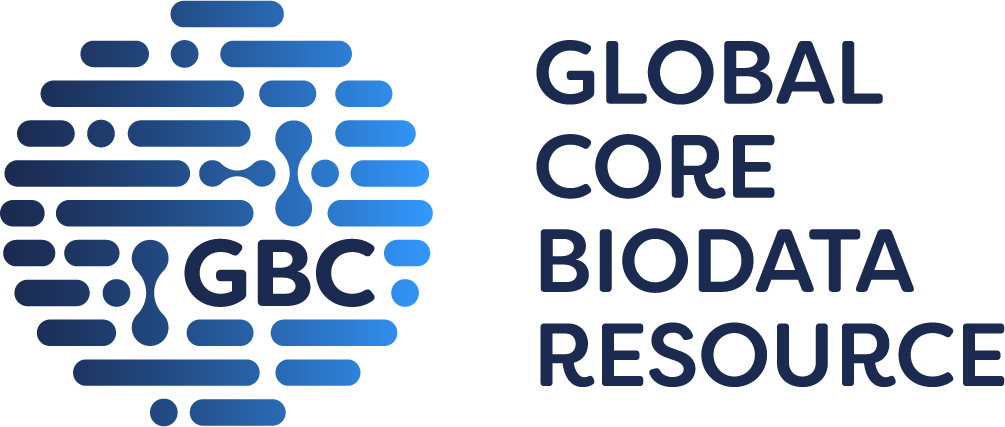
example 373 [WO2012093101] [Ligand Id: 8296] activity data from GtoPdb and ChEMBL
Click here for a description of the charts and data table
Please tell us if you are using this feature and what you think!
| ChEMBL ligand: CHEMBL2180765 |
|---|
There should be some charts here, you may need to enable JavaScript!
|
| DB | Assay description | Assay Type | Standard value | Standard parameter | Original value | Original units | Original parameter | Reference |
|---|---|---|---|---|---|---|---|---|
| complement factor D/Complement factor D in Human (target type: SINGLE PROTEIN) [ChEMBL: CHEMBL2176771] [GtoPdb: 2842] [UniProtKB: P00746] | ||||||||
| GtoPdb | - | - | 9 | pIC50 | 1 | nM | IC50 |
WO2012093101. Indole compounds or analogues thereof useful for the treatment of age-related macular degeneration (AMD). (2012); ACS Med Chem Lett (2012) 3: 781-2 [PMID:24900375] |
| ChEMBL | Inhibition of recombinant human complement factor D after 1 hr | B | 9 | pIC50 | 1 | nM | IC50 | ACS Med Chem Lett (2012) 3: 781-782 [PMID:24900375] |
| ChEMBL | In Vitro Assay: Recombinant human factor D (expressed in E. coli and purified using standard methods) at 10 nM concentration is incubated with test compound at various concentrations for 1 hour at room temperature in 0.1 M Hepes buffer, pH 7.5, containing 1 mM MgCl2, 1 M NaCl and 0.05% CHAPS. A synthetic substrate Z-Lys-thiobenzyl and 2,4-dinitrobenzenesulfonyl-fluoresceine are added to final concentrations of 200 μM and 25 μM, respectively. The increase in fluorescence is recorded at excitation of 485 nm and emission at 535 nm in a microplate spectrofluorimeter. IC50 values are calculated from percentage of inhibition of complement factor D-activity as a function of test compound concentration. | B | 9 | pIC50 | 1 | nM | IC50 | US-9085555-B2. Complement pathway modulators and uses thereof (2015) |
ChEMBL data shown on this page come from version 35:
Zdrazil B, Felix E, Hunter F, Manners EJ, Blackshaw J, Corbett S, de Veij M, Ioannidis H, Lopez DM, Mosquera JF, Magarinos MP, Bosc N, Arcila R, Kizilören T, Gaulton A, Bento AP, Adasme MF, Monecke P, Landrum GA, Leach AR. (2024). The ChEMBL Database in 2023: a drug discovery platform spanning multiple bioactivity data types and time periods. Nucleic Acids Res., 52(D1). DOI: 10.1093/nar/gkad1004. [EPMCID:10767899] [PMID:37933841]
Davies M, Nowotka M, Papadatos G, Dedman N, Gaulton A, Atkinson F, Bellis L, Overington JP. (2015) 'ChEMBL web services: streamlining access to drug discovery data and utilities.' Nucleic Acids Res., 43(W1). DOI: 10.1093/nar/gkv352. [EPMCID:25883136]







